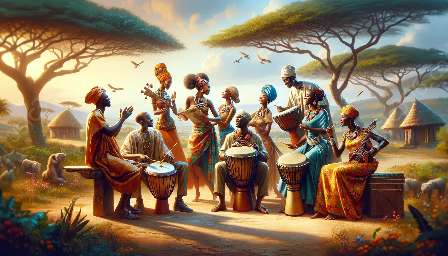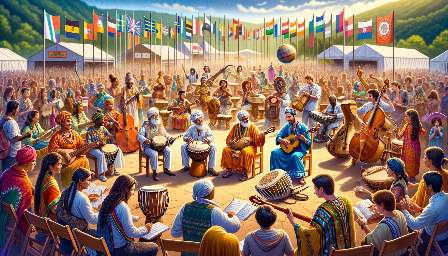Aboriginal music is a vibrant and diverse form of world music that is deeply rooted in the traditions, cultures, and spiritual practices of Indigenous Australian peoples. This article will explore the key elements that define and shape Aboriginal music, providing insights into its rich history, unique instruments, cultural significance, and contemporary expressions
The Origin and History of Aboriginal Music
The history of Aboriginal music stretches back thousands of years and is deeply intertwined with the spiritual, cultural, and social life of Indigenous Australian communities. Traditionally, music has played a central role in both sacred and secular contexts, serving as a means of storytelling, passing on cultural knowledge, and connecting with the natural world.
Spirituality and Connection to the Land
One of the key elements of Aboriginal music is its close connection to spirituality and the land. Indigenous Australian cultures have a profound spiritual relationship with the natural environment, and this is reflected in the music, which often features rhythms, melodies, and lyrics that speak to the deep connection between the people and the land.
Traditional Instruments and Vocal Styles
Aboriginal music is characterized by a unique array of traditional instruments, each with its own distinct sound and role in musical performances. From the didgeridoo, a wind instrument with a deep, resonant drone, to clapsticks, a percussion instrument used for rhythmic accompaniment, these instruments are essential to the sonic landscape of Aboriginal music. Additionally, vocal styles in Aboriginal music often feature distinctive patterns and storytelling traditions, with vocal techniques that vary widely across different language groups and regions.
Cultural Significance and Ceremonial Use
Music holds deep cultural significance within Indigenous Australian communities, often being utilized in ceremonial contexts as a means of connecting with ancestral spirits, commemorating important events, and reinforcing social bonds. Traditional songs and dances are passed down through generations, serving as a living repository of cultural knowledge and identity.
Contemporary Expressions and Global Influence
While rooted in tradition, Aboriginal music continues to evolve and adapt to contemporary contexts, incorporating new styles, instruments, and influences. In recent decades, Indigenous Australian musicians have gained international recognition, contributing to the global tapestry of world music and raising awareness of Aboriginal culture and heritage.
Conclusion
Aboriginal music encompasses a rich tapestry of traditions, spirituality, and cultural expressions that have developed over millennia. Its key elements, including its deep connection to the land, unique instruments and vocal styles, cultural significance, and contemporary adaptations, all contribute to its enduring importance both within Indigenous Australian communities and on the global stage.










































